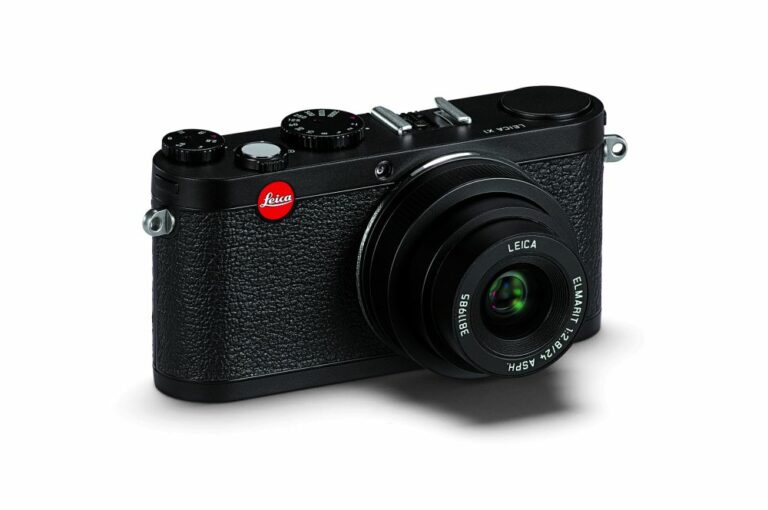All hard drives will fail with 100% certainty. The only question is when ? It could be after a week, or it could be three or four years, but because they are mechanical it is a certain event. If you are not keeping redundant backups of your photos then at some point it is guaranteed you will loose some of your photos. They might be some family holiday snaps with only sentimental value or they might be your best selling stock images with a residual value of $100,000s . Either way there are some simple precautions you can take to prevent this from happening.
Different sizes of photography business will benefit from slightly different routines. If you are running a huge photo studio with 10 employees working on projects constantly then check out Chase Jarvis’ site for info on that scenario. My business is relatively small in comparison because I do that majority of the work myself, shooting, archiving, editing and client delivery are all done from my workstation and most of the time done by me when I am around. So if you are a one-man-band then this will be a bit more suitable to your needs. There are plenty of other permutations on how to handle this but this is what works for me. I will go into specific downloading workflow and Lightroom work in future articles, this one is just concerned with backup.
Office scenario (when I am not traveling)
 Used cards from the day’s shooting are stacked up on my desk in one pile. In turn I take each card and put them into my Sandisk card reader. I use Lightroom 3 to ingest the photos from the card and tag them with the necessary metadata for the shoot. I use the COPY command in the Lightroom import interface and this is VERY important. If you use the MOVE command then it will delete the files from the memory card after it has moved them to your hard drive. By using COPY I am creating a copy of the file on my drive, and the original shot still remains on the memory card for the moment. All the files from the card are copied onto my DROBO storage unit into a folder called “Photo Archive” where they are then put into another folder labeled with the year and then a further folder with the date in dd/mm/yyyy format. For every day of shooting then I have a separate folder. If you are not familiar with DROBO storage then I suggest a read of their website which contains extensive videos on their usage. Basically they are somewhat similar to RAID systems in that they make duplicates of your files so if one drive in the DROBO fails, the data is still available on another drive and you have not lost anything. So at this point I now effectively have two copies of the photos on the DROBO (because it creates duplicates automatically) and one copy still on the memory card.
Used cards from the day’s shooting are stacked up on my desk in one pile. In turn I take each card and put them into my Sandisk card reader. I use Lightroom 3 to ingest the photos from the card and tag them with the necessary metadata for the shoot. I use the COPY command in the Lightroom import interface and this is VERY important. If you use the MOVE command then it will delete the files from the memory card after it has moved them to your hard drive. By using COPY I am creating a copy of the file on my drive, and the original shot still remains on the memory card for the moment. All the files from the card are copied onto my DROBO storage unit into a folder called “Photo Archive” where they are then put into another folder labeled with the year and then a further folder with the date in dd/mm/yyyy format. For every day of shooting then I have a separate folder. If you are not familiar with DROBO storage then I suggest a read of their website which contains extensive videos on their usage. Basically they are somewhat similar to RAID systems in that they make duplicates of your files so if one drive in the DROBO fails, the data is still available on another drive and you have not lost anything. So at this point I now effectively have two copies of the photos on the DROBO (because it creates duplicates automatically) and one copy still on the memory card.





